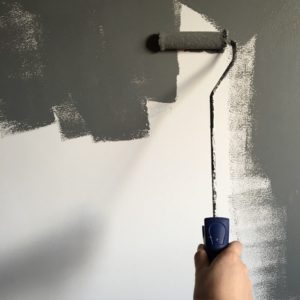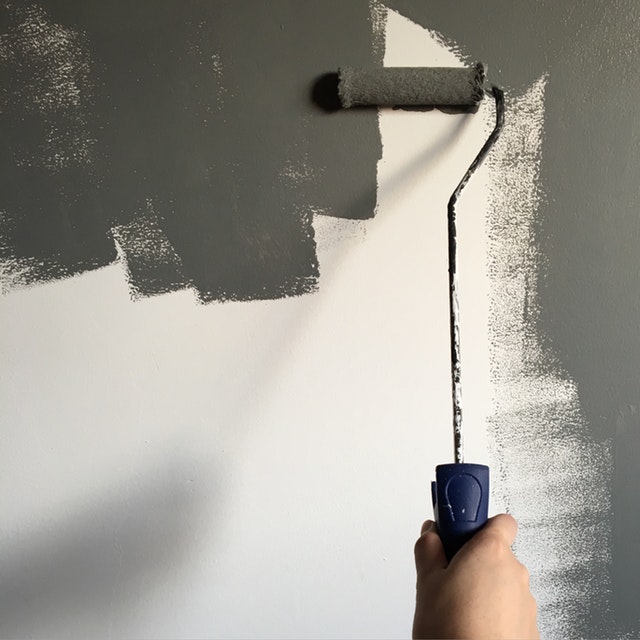It would make life a lot easier and quieter to think that we could reduce the noise levels in a room by simply painting the walls, wouldn’t it?
Sorry to have to disappoint you.

I have been asked this question a few times and to be honest it does make me smile. If there was a paint that could reduce noise levels, details of these brands would be much more in the public domain.
Will using this paint on the walls of your work please reduce the noise levels of your staff? The paint states mild acoustic attenuation properties, but in the world of Health & Safety Regulations where the requirement is to reduce noise levels as far as reasonably practicable, in short, the answer is no.
Without going into too much scientific detail the reasons not to consider acoustic paint as a key method of reducing noise in your workplace, to stop neighbour noise nuisance or to form a band in your garage the reasons are as follows:
- Sound has different wavelengths, the lower the sound frequency the longer the wavelengths. Speech, for example, is across the mid to high-frequency range. To absorb air bourne sound you need a suitable open-cell material that needs to be at least a 1/4 of a wavelength thick. Acoustic paint that is designed to absorb noise is only 30-40thousanths of an inch thick so would have a very limited capability even at mid to high frequencies.
- As mentioned, Acoustic paint is only capable of very high frequencies so in order to treat speech or any typical machinery in your workplace the paint simply cannot be thick enough.
- Say you are looking at reducing the noise levels of your staff in your workplace and that Acoustic Paint did work… where do you put it?… yes on the walls. Where are the noise sources, the machines? .. Yes, in the Room. Where are the staff?… Working at or close to the machines! Can you see where this is going yet? So if the machines produce the noise, the noise from those sources reach the ears of your operatives before it reaches the walls to be absorbed. An absorbent material is good at stopping the reverberant noise, (that echoey sound we get in our lounge when we remove the soft furnishings for decorating) and can help with speech intelligibility in gangways and office but it will not reduce the noise exposure of staff working in a noisy area.

Not all is lost, you could have some old-fashioned fun and use 2 Acoustic paint tins and a piece of string to communicate with each other!!
If you need advice on how to reduce noise please get in touch.

